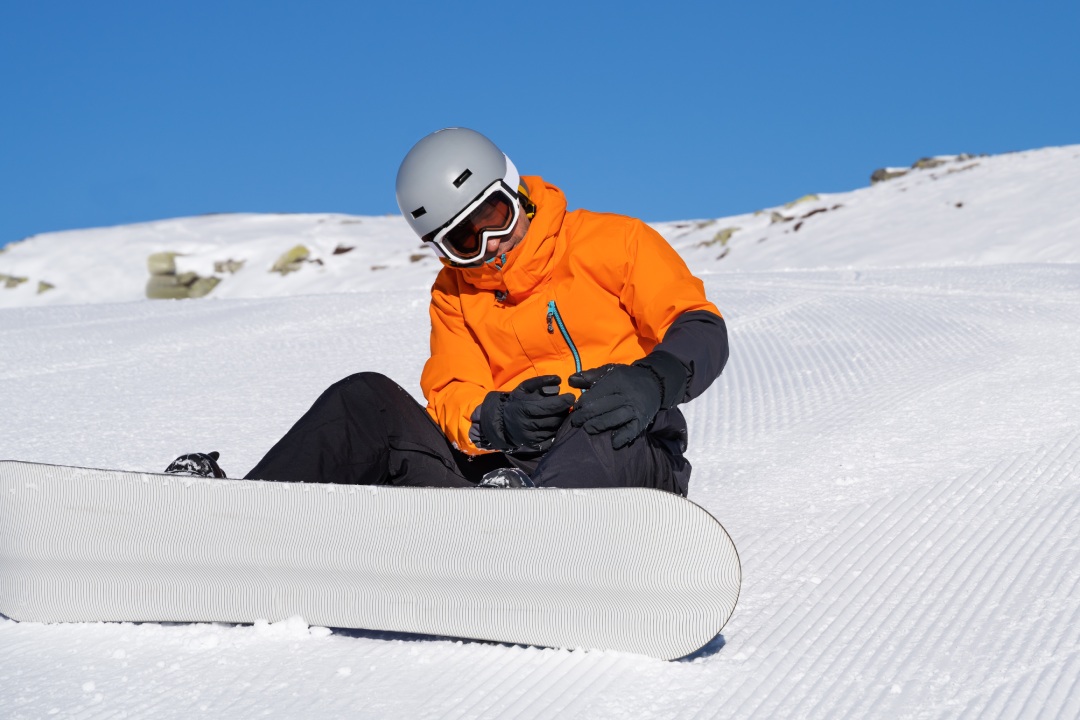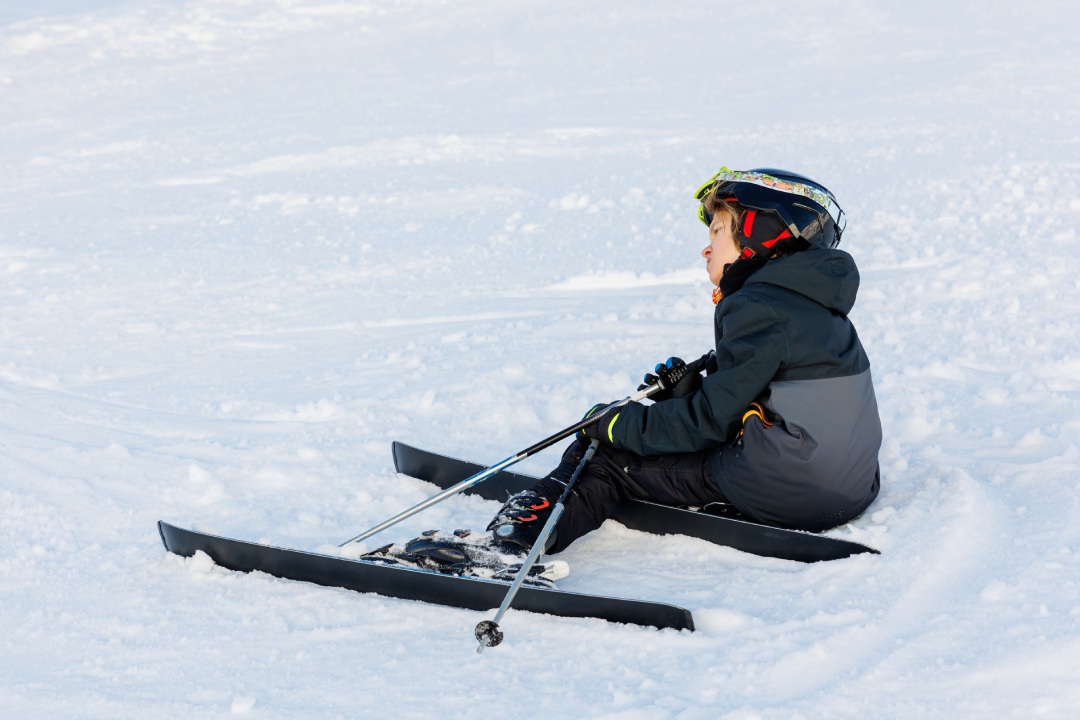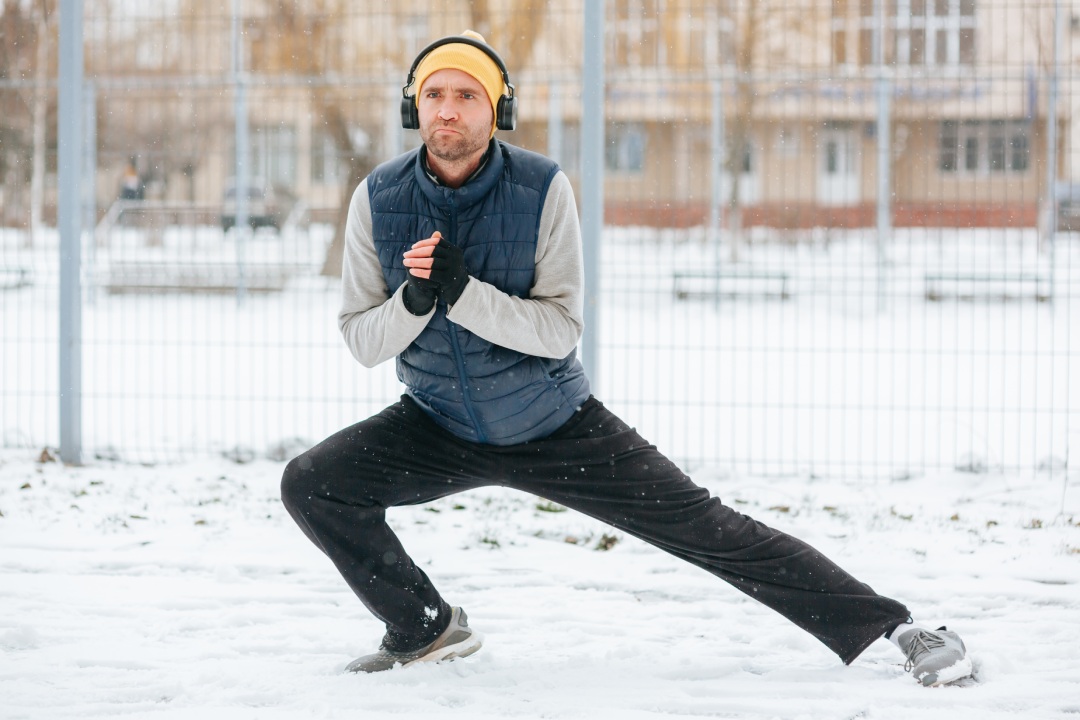7 Winter Sports Injuries ESWT Can Treat Fast

Winter sports offer thrilling adventures but also come with a risk of injuries. As enthusiasts hit the slopes, ensuring quick recovery from common injuries is crucial.
Extracorporeal Shockwave Therapy (ESWT) has emerged as a non-invasive solution to accelerate healing and minimize downtime, making it an essential tool for winter sports enthusiasts. This therapy utilizes high-energy acoustic waves to target and heal musculoskeletal injuries, offering an effective alternative to surgical interventions.
By understanding how ESWT works, winter sports enthusiasts can embrace the season more safely and confidently.
Typical Skiing and Snowboarding Injuries

Winter sports enthusiasts often face a range of injuries, especially during skiing and snowboarding. These injuries, including ligament tears, fractures, and tendinitis, are all too common and can significantly impact an athlete’s performance and recovery time.
High-speed falls, abrupt movements and slope collisions are the usual culprits. For instance, ACL tears and meniscus injuries are prevalent due to the twisting motions involved in skiing. Similarly, snowboarders frequently experience wrist fractures and shoulder dislocations from falls.
Addressing these injuries promptly is crucial for athletes to return to their sport quickly and safely. Extracorporeal Shockwave Therapy (ESWT) provides prompt treatment and healing through this promising non-invasive treatment option and promotes rapid healing and pain relief.
Utilizing high-energy acoustic waves, ESWT stimulates tissue regeneration and accelerates the body’s natural healing processes, enhancing recovery from musculoskeletal injuries commonly seen in winter sports. This innovative approach can significantly reduce downtime and improve athletes’ quality of life during recovery.
Here are 7 winter sports injuries that ESWT can quickly help to heal, so you can get back to your favorite winter sports.
Shoulder Injuries
Sports like ice hockey and snowboarding often lead to shoulder injuries, including rotator cuff tears, due to falls or overuse.
ESWT can be particularly effective in treating these injuries by increasing blood flow to the shoulder area and promoting tissue regeneration. This results in a quicker reduction of pain and inflammation, allowing athletes to regain their range of motion and strength faster than with traditional treatments alone.
Ankle Sprains
Ankle sprains are common in winter sports such as ice skating and snowboarding, where balance and quick movements are crucial.
ESWT helps by reducing swelling and pain associated with sprained ligaments. The therapy’s ability to stimulate cellular repair and improve blood circulation can lead to a faster recovery, enabling athletes to return to their activities with less downtime.
Shin Splints
Cross-country skiers often suffer from shin splints, a condition characterized by pain along the shin bone due to overuse.
ESWT can effectively treat shin splints by reducing inflammation and promoting healing in the muscles and tendons around the shin. The therapy enhances the delivery of nutrients and oxygen to the affected area, which aids in faster recovery and reduces the risk of recurring injuries.
Knee Ligament Strains

Winter sports such as skiing and snowboarding demand quick turns and abrupt stops, placing significant stress on the knee ligaments, particularly the ACL (anterior cruciate ligament) and MCL (medial collateral ligament).
ESWT can be beneficial by enhancing circulation and promoting collagen production in these ligaments, thereby accelerating the healing process. The therapy’s ability to reduce pain and inflammation allows athletes to begin rehabilitation exercises sooner, ultimately shortening the overall recovery time.
Tennis Elbow
Despite its name, tennis elbow can affect winter athletes who engage in repetitive arm movements, such as ice hockey players. ESWT is effective in reducing pain and improving function by enhancing blood flow and breaking down calcifications in the elbow. This allows for improved flexibility and strength, helping athletes return to their sports activities more quickly and with less discomfort.
Achilles Tendonitis
Achilles tendonitis is often exacerbated by the demands of snow sports, which require strong, flexible tendons. ESWT can help relieve the pain and inflammation associated with this condition by stimulating the body’s natural healing processes. The therapy promotes the repair of damaged tendon fibers, leading to improved function and a quicker return to sporting activities.
Lower Back Pain
Lower back pain is a common complaint among winter athletes due to falls and awkward movements. ESWT can help alleviate this pain by reducing muscle tension and promoting mobility.
The therapy’s non-invasive nature allows athletes to experience relief without the need for medication or surgery, enabling them to return to their sports with improved back strength and flexibility.
Rapid Healing Protocols for Winter Athletes

ESWT is becoming an essential part of the rehabilitation protocols for winter sports athletes, ensuring they maintain peak performance throughout the season. The approach has the power to quickly treat winter sports injuries because it accelerates the body’s natural healing processes, reducing pain and inflammation.
ESWT is particularly effective for athletes, offering rapid recovery and minimal downtime compared to traditional treatments. It also offers a promising alternative to surgical interventions, providing athletes with a faster return to their sport while minimizing the risk of complications. This treatment makes it an invaluable tool in managing and rehabilitating winter sports injuries.
As a result, incorporating Extracorporeal Shockwave Therapy (ESWT) into recovery plans for winter sports injuries offers a promising path to rapid healing. By combining ESWT with complementary therapies such as physical therapy and adequate rest, athletes can optimize their recovery process even more and reduce their risk of re-injury.
Experience the future of sports injury recovery with Myosyte Shockwave! Our cutting-edge shockwave therapy is designed to accelerate healing and enhance performance for winter sports enthusiasts.
Whether you’re dealing with skiing or snowboarding injuries, our non-invasive technology offers rapid relief and recovery.
Are you a health specialist and want to improve your solutions? Discover how Myosyte Shockwave can be your ultimate partner on recovery services.



